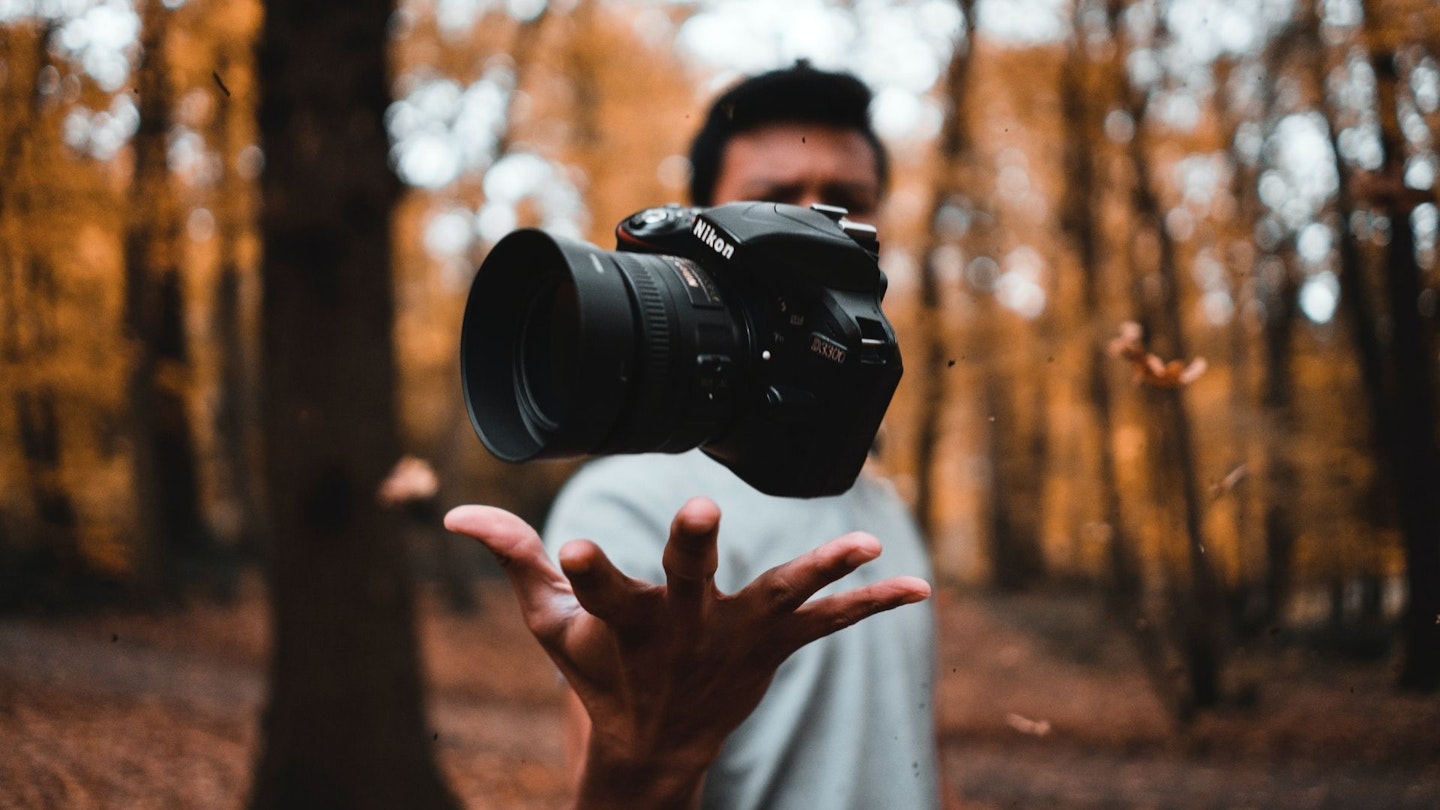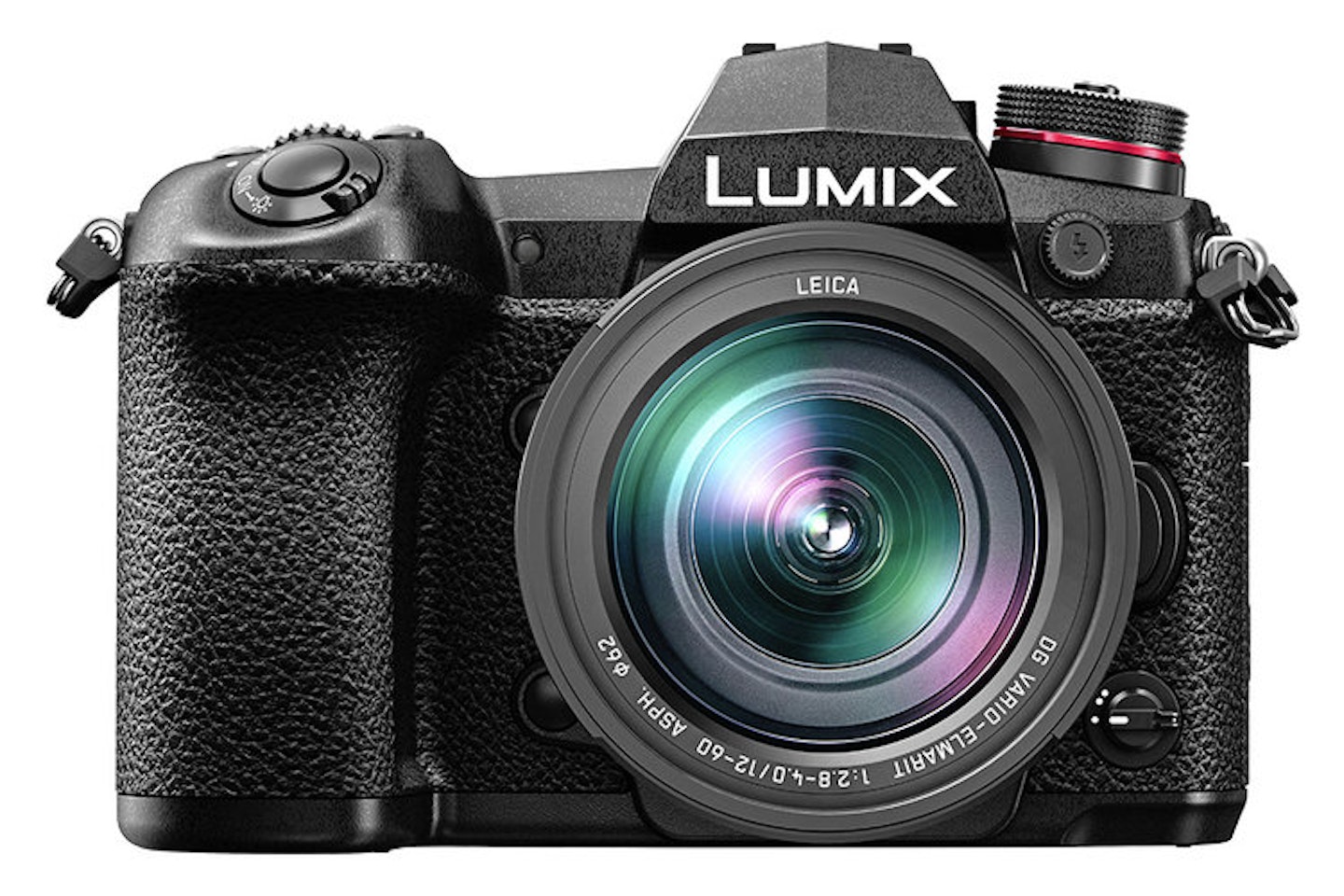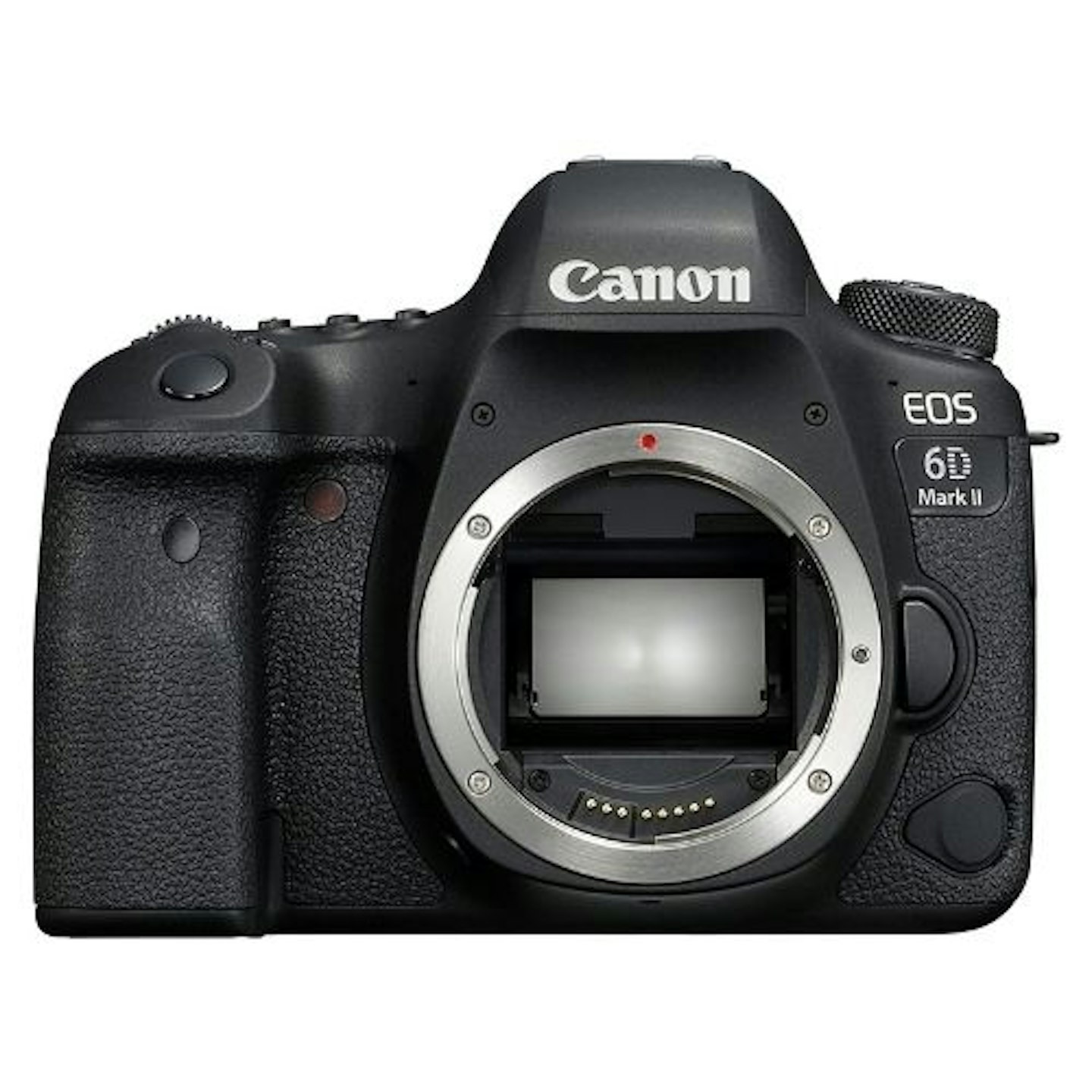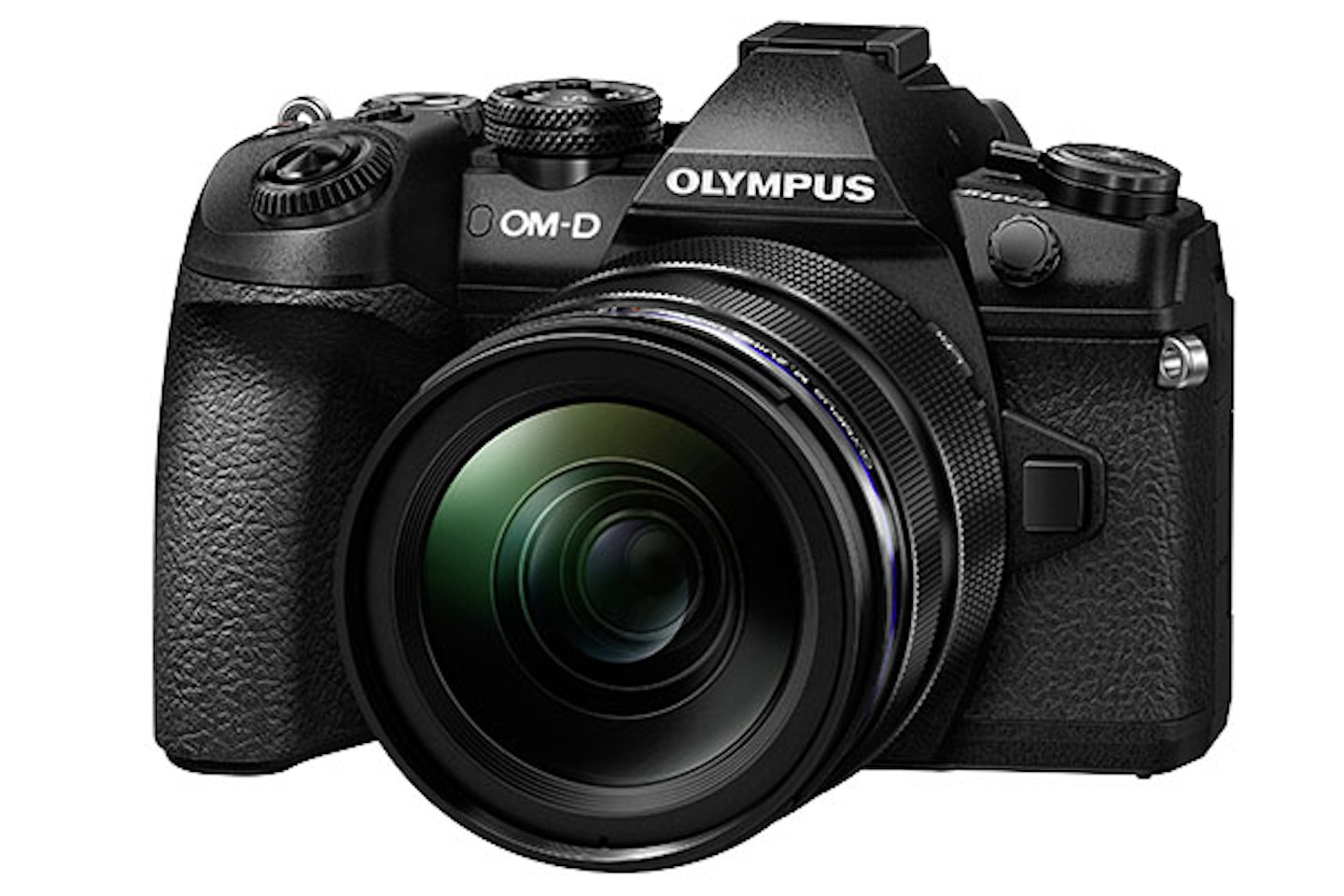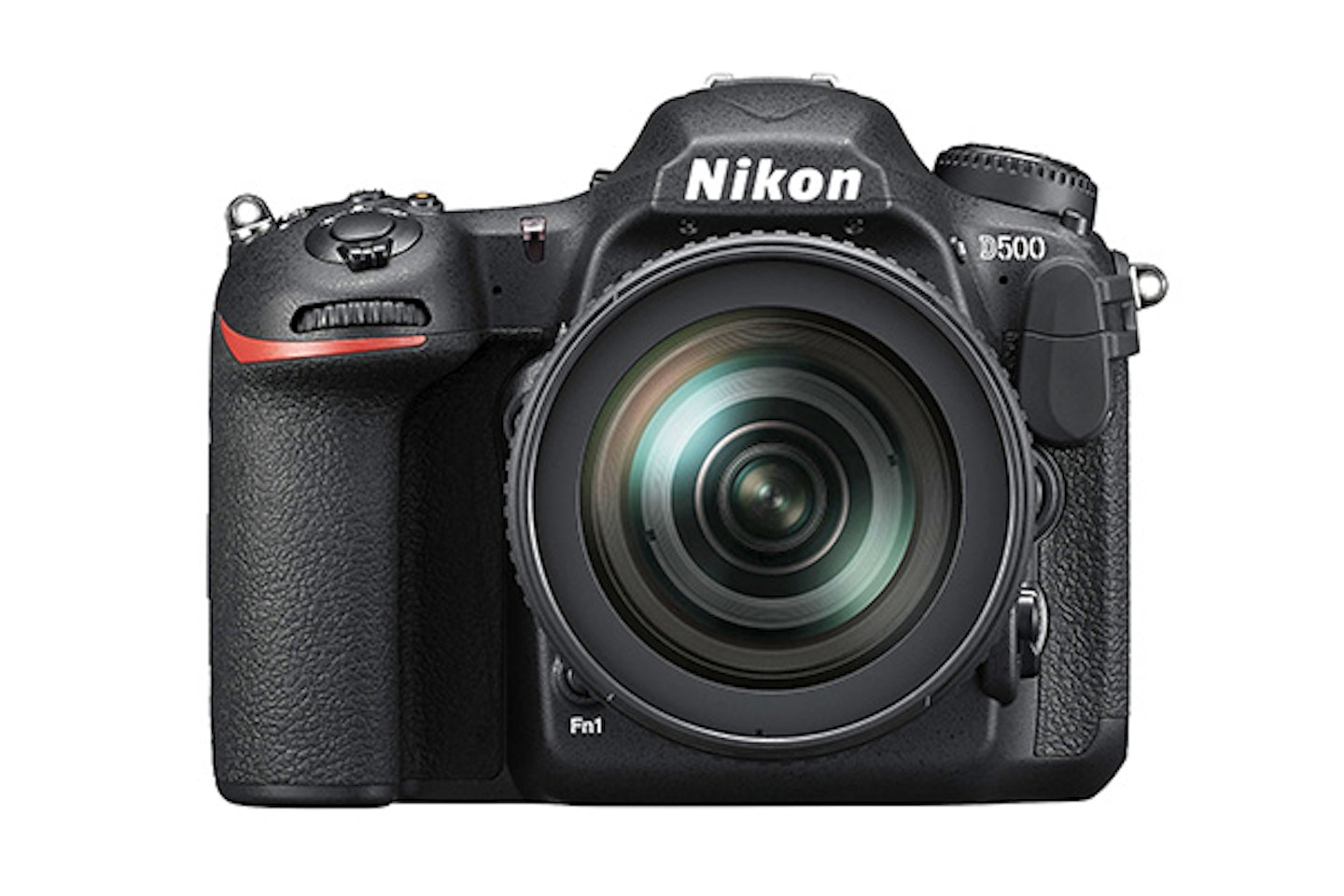When it comes to choosing your first camera, everyone has to start somewhere. Then once you’ve got to grips with the ins and outs of settings and lenses, and found your hobby has suddenly become your passion, you’ll likely be looking to step up to the kind of tech that represents your drive and rapidly advancing skills – enter the enthusiast camera.
These bigger, tech-savvy bodies incorporate everything from mirrorless to DSLR, and APS-C to entry-level full-frame. They come with bags of features, improved low-light handling and a wider range of advanced features. Just the ticket to help push your image quality up a notch.
Related: Best point and shoot cameras: beginners to advanced photographers
Best enthusiast cameras
The company’s flagship stills model, the G9 is a Micro Four Thirds with a whole lot of punch. With a 20.3MP sensor, and powered by the trusty Venus processing engine, it’s capable of shooting at 20fps, blackout free in continuous autofocus, or a massive 60fps with the focus set. There’s also a 5-axis in-body image stabilisation, which provides 6.5 stops of compensation – ideal for handheld shooting in low light.
You’ll find the usual Panasonic 6K photo modes, which are similar to the 4K modes, such as Burst and Post Focus, but export at a higher 18MP resolution – a real boon for action shooters. Talking of fast-moving subjects, the 225-point DFD contrast detection AF system does a great job of quick and accurate subject acquisition, though it can misbehave in low light on occasion.
Panasonic has added a whole host of nifty features here, including the 80MP High-Resolution mode, which shifts the sensor and takes multiple images to create a high-resolution shot, great for capturing tiny details.
Pros
- Fast shooting
- 80MP mode
- Feature-heavy
Cons
- Battery life
- ISO handling not best in test
- 80MP mode needs stillness

www.ricoh-imaging.eu
The Pentax K-1 has an ardent fan base. The second generation, albeit a very able camera, failed to add much with the upgrade. It retains a 36.4MP 35mm sensor, 3.2in 1037k-dot tilting screen, which lacks touch functionality, and a 5-axis in-body image stabilisation system. One notable new feature is the best-in-test native ISO range of 100-819,200. All other changes are rather minimal. You lose a bit of battery life, with the Mark II managing 670 shots, compared to the original 760. The shooting speed remains at 4.4fps, or 6.4fps in APS-C mode, and the two share a 33-point phase detection AF system, which is far from class leading.
Despite the lack of headline features, the image quality is impressive, and the Astrotracer feature is great for those who want to explore the night sky. It’s also one of the few cameras to still pack in a GPS system. It won’t set the world ablaze, and the lens range isn’t as varied as others in test, but this is ideal if you’re looking for your next Pentax.
Pros
- ISO range
- High resolution
- Image stabilisation
Cons
- Limited AF points
- Slow shooting
- No touch
Another 2018 show-stopper, the X-T3 noticeably improves on its predecessor in nearly every way. Packing a brand new 26.1MP APS-C BSI sensor and fast X-Processor 4 configuration allows for some amazing feats. The X-T3 offers 11fps continuous shooting as standard, or 30fps blackout free using the Sports Finder mode, returning 16MP images.
It boasts a 425-point phase detection AF system, which features Eye Detection AF and covers a truly whopping 100% of the frame. The base ISO is now 160, a drop from the previous 200.
The Film Simulation modes make a welcome return, including Eterna, which is great for video. While the stunning ergonomics of the X-T2 are nearly identical, with a slight increase in body size, which we found to feel great in-hand.
Fujifilm has also gone well above and beyond with the video features on display. There’s 4K at 60fps, 4:2:0 10-bit internal recording with F-Log, or 4:2:2 external. The only thing that’s missing here is in-body image stabilisation.
Pros
- Blistering burst shooting speeds
- Brilliant design
- First class video quality
Cons
- Battery life
- Lacks image stabilisation

Sony’s game-changer, the Alpha 7 III packs incredibly advanced features into an affordable full-frame body. You’ll find a 35mm 24.2MP BSI sensor, and an outstanding 693-point phase detection autofocusing system, borrowed from the Alpha 9, as well as the impressive tracking algorithms and Eye AF. There’s also the nippy 10fps continuous shooting speed from the Alpha 7R III, the weather-sealed body and an increased ISO range of 100-51,200.
For landscape photographers, the near 15 stops of dynamic range produce excellent files, with plenty of leeway in editing, and the AF assist magnifier is perfect for nailing focus. It also packs in powerful 4D focus, which includes Eye AF. This allows you to get the perfect focus in every portrait, and track sporting events with total accuracy. The rear 921k-dot tilting touchscreen may not be the highest resolution in test, but it’s more than enough for creating compositions and reviewing images on the go. It may be a touch expensive for many, but there’s no doubting its ability.
Pros
- Low-light performance
- Image stabilisation
- Amazing focusing system
Cons
- Fiddly menus
- Most costly on the list
The 6D MkII feels completely refreshed, with a newly-designed 26.2MP sensor, ISO 40,000 (Canon’s highest native ISO), and the vari-angle touchscreen all bringing it bang up to date for stills photographers wanting to bridge the gap between enthusiast and pro models. Of course, there will always be detractors, with many targeting the lack of 4K video (especially when Nikon has just released the cheaper D7500 with 4K).
Pros
- Quick and accurate AF 4K
- Time-lapse
- Lightweight
- High ISO of 40,000
- Intuitive design
Cons
- No 4K video
- Shutter speed stops at 1/4000sec
- No focusing joystick
Placing advanced enthusiasts and professional shooters firmly in its sights, the OM-D E-M1 Mark II is a total overhaul of Olympus’ outgoing flagship, the E-M1. With a launch price that’s almost 50% more than its forebear, it’s clear that it is seen by the brand as more than just another evolutionary update. With internal Cinematic 4K recording, a 60fps full-resolution burst mode and 5-axis image stabilisation, it’s not short of headline-grabbing features that propel it into a new echelon. But with a smaller sensor, can this Micro Four Thirds device truly compete with the full-frame DSLRs and CSCs it’s up against?
The E-M1 Mark II is a highly capable device that will appeal to new and even some professional parts of the market. In terms of its image quality at low-medium ISO’s, video and burst shooting capabilities it can go toe-to-toe with virtually any of its competition.
Pros
- Powerful video capabilities
- High-speed performance
- Competitively priced
Cons
- Not the lightest option on this list
It handles brilliantly, and is fast, responsive and intuitive. The AF system is near faultless. What you’re getting is the performance of a pro sports DSLR in a more compact and consumer-friendly body. In fact, it’s difficult to find fault with it, without being unreasonably picky. It’s not cheap, and will be a financial stretch too far for many enthusiasts. But for those who demand a market-leading performance but can’t justify buying the D5, this will be a really attractive investment.
Pros
- Good for difficult light conditions
- Well built
- Incredible auto focus
Cons
- Expensive
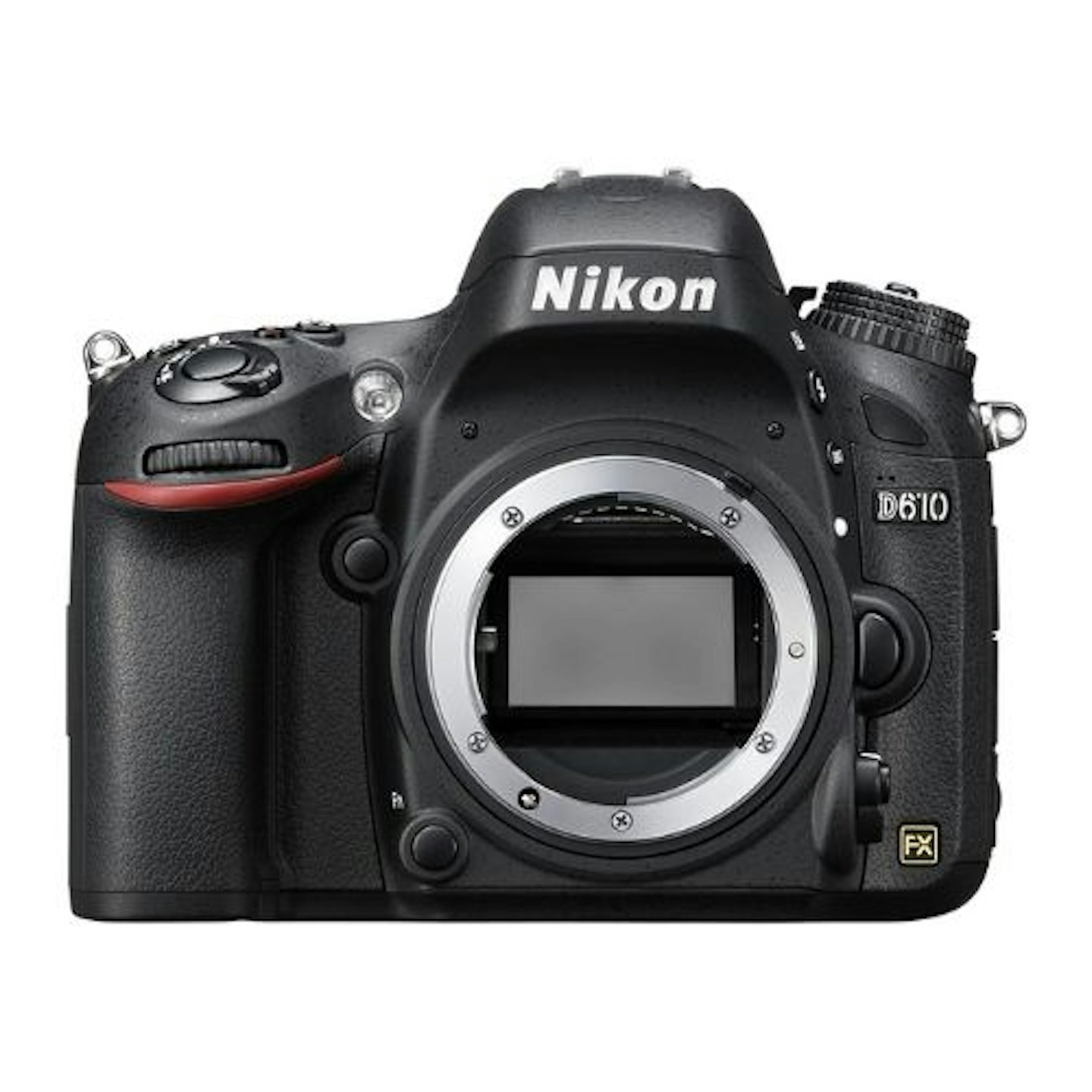
This is an excellent camera, arguably offering more bang-for-your-buck than any other full-frame DSLR. It doesn’t have the image resolution of the D800, but it has more manageable file sizes, a faster shooting speed and two custom user modes. Some users will be disappointed that Nikon hasn’t added more new features to the D610, such as Wi-Fi, but at least the sensor issue that plagued the D600 has been fixed. If you’re looking to invest in an affordable full-frame DSLR, this model has exceptional sensor quality, excellent handling and is at least as good as Canon’s 6D.
Pros
- Lightweight
- Sensational for continuous shooting
- Good value for money
Cons
- Challenging to focus in low-light
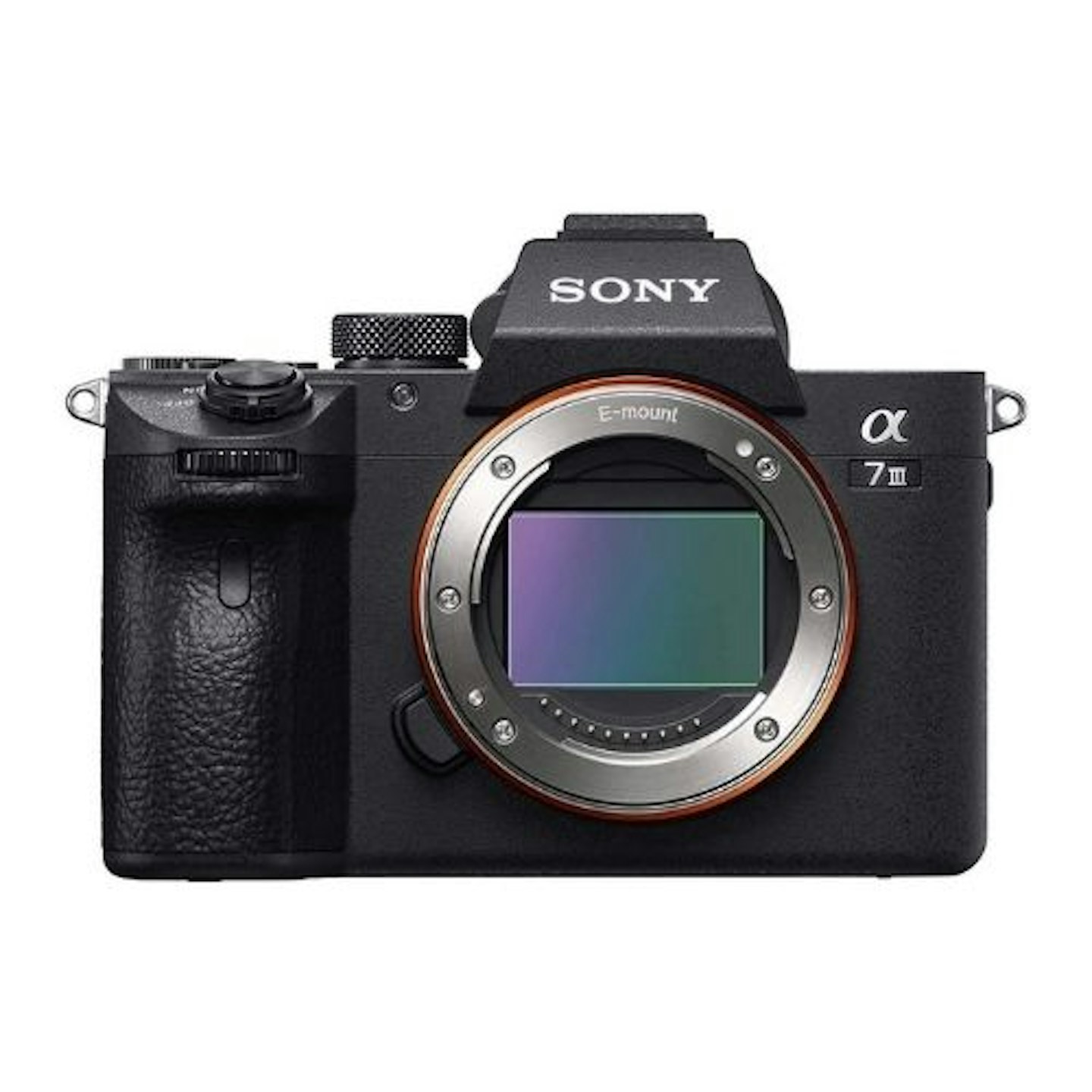
Despite a body that seems to be designed for spec sheets rather than actual people, the Sony is great to shoot with – and it’s all down to the performance on offer. A 24.2 MP BSI Exmor R CMOS sensor provides more than enough resolution for most users, and with a burst rate of 10fps, you get lots of chances to nail moving subjects.
The 5-axis in-body stabilization means you don’t have to spend more on stabilized lenses, and it also unlocks a world of manual lenses for those looking to experiment. Open up the A7iii, and you’ll find two SD cards slots, slower but much more common than the CF Express or XQD cards that some competitors use. The Sony will even charge via USB-C, a standard used by more and more phones and gadgets.
Read our full Sony A7iii review
Pros
- Brilliant price
- Good battery life
- Responsive auto focus
Cons
- Ergonomics
- More up-to-date tech available
Kirk Schwarz is a tech-addicted photographer with over a decade's experience; Kirk’s used to putting new gear through extreme field testing. He's previously written for Practical Photography.
Subscribe to the What’s The Best Newsletter to keep up to date with more of the latest reviews and recommendations from the What’s The Best team.
